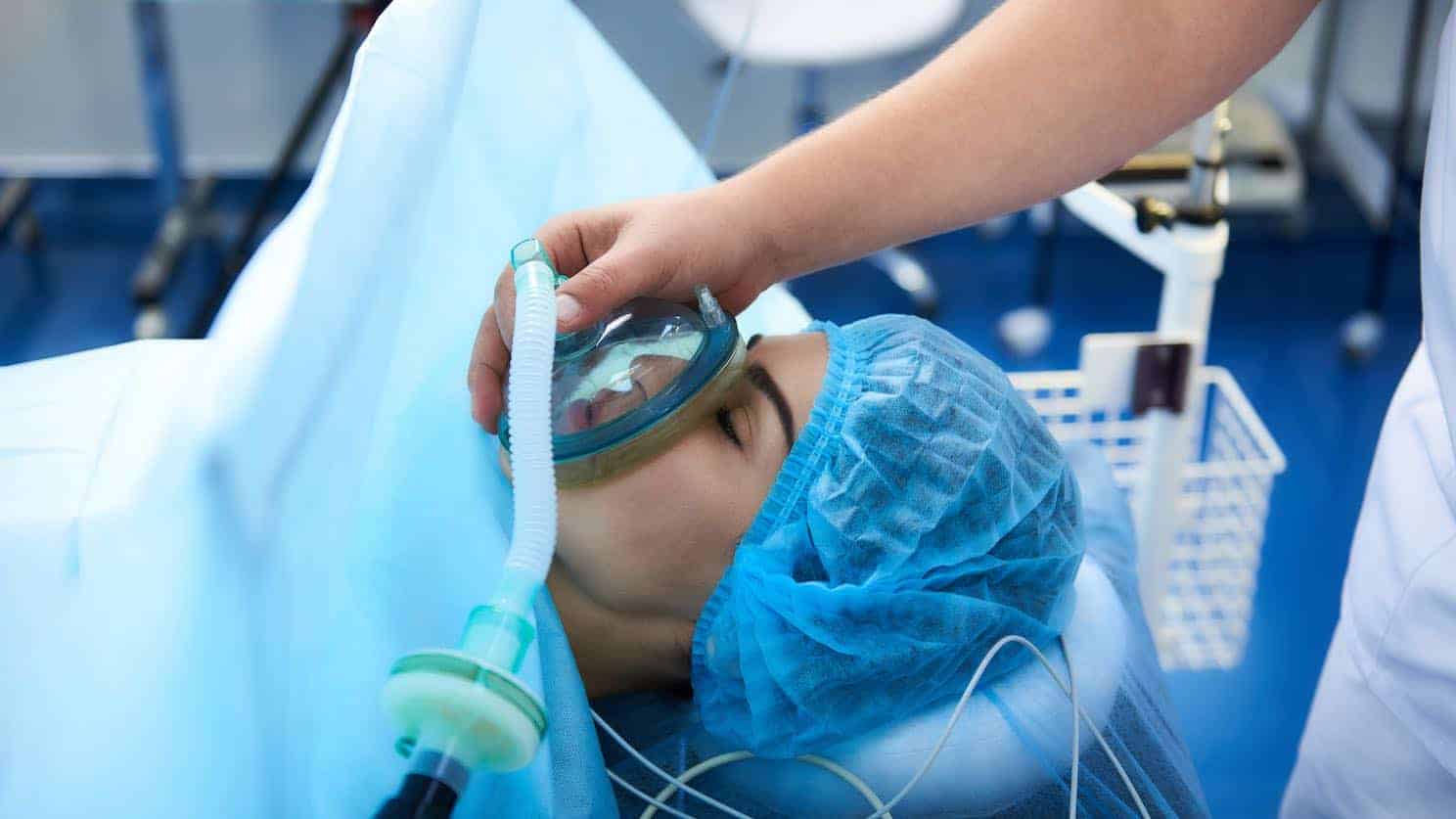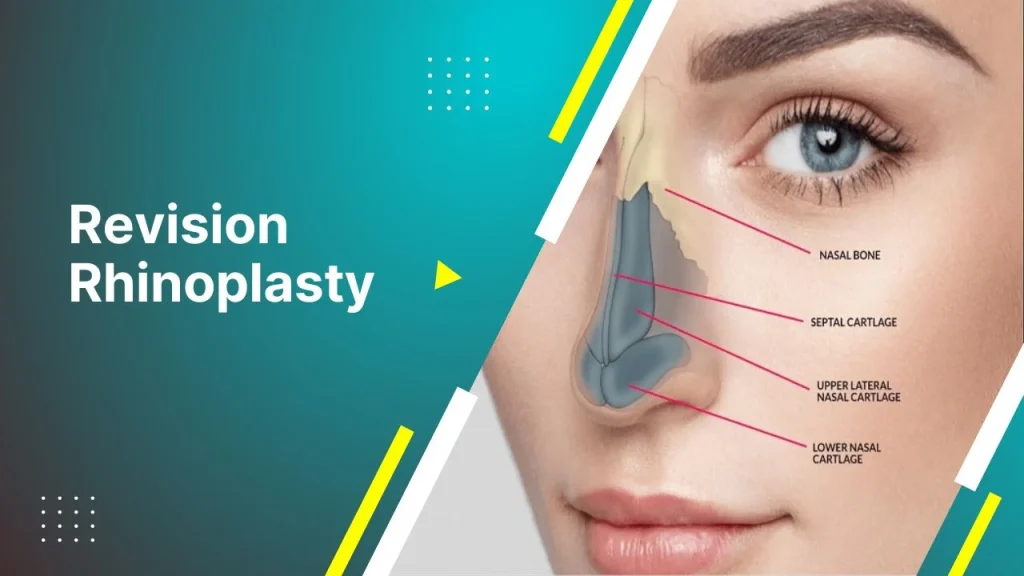Undergoing an aesthetic procedure is an exciting step toward achieving your desired look, but understanding the anesthesia options and their safety is crucial for a smooth experience. Whether you’re considering a facelift, liposuction, or a thigh lift, anesthesia ensures comfort and pain-free surgery. From local anesthesia for minor treatments to general anesthesia for more extensive procedures, each option is tailored to the patient’s needs. Safety is always a top priority, with modern techniques and experienced anesthesiologists ensuring minimized risks and a quick recovery. In this blog, we’ll explore the types of anesthesia used in aesthetic procedures, how they work, and what you need to know for a safe and successful surgical experience.
Different Types of Anesthesia in Aesthetic Surgery
Anesthesia plays a vital role in aesthetic surgery, ensuring patient comfort and a pain-free experience during procedures. There are three main types of anesthesia used in cosmetic surgeries: local, regional, and general anesthesia. Local anesthesia is commonly used for minor procedures like Botox or dermal fillers, numbing only the targeted area while the patient remains fully awake. Regional anesthesia, such as epidural or spinal anesthesia, blocks sensation in a larger part of the body and is often used in body contouring surgeries. General anesthesia is typically required for more extensive procedures like facelifts, tummy tucks, or thigh lifts, where the patient is fully unconscious. Each method is carefully chosen based on the complexity of the surgery, patient health, and desired outcome, ensuring a safe and effective surgical experience.
How to Choose the Right Anesthesia for Aesthetic Operations?
Choosing the right anesthesia for an aesthetic procedure depends on several factors, including the type of surgery, patient health, and personal comfort levels. For minor treatments like injectables or laser resurfacing, local anesthesia is often sufficient, numbing only the treated area while the patient remains awake. More extensive procedures, such as liposuction or a thigh lift, may require regional anesthesia (such as spinal or epidural) to block sensation in a larger area. For complex surgeries like facelifts, tummy tucks, or full-body contouring, general anesthesia is usually the best option, ensuring the patient is completely unconscious and pain-free. The decision is made in consultation with a board-certified anesthesiologist and surgeon, considering medical history, anxiety levels, and procedure duration, to ensure the safest and most comfortable experience.
Safety Measures and Risk Management in Anesthesia
Ensuring safety in anesthesia is a top priority in aesthetic surgery, requiring careful planning, advanced monitoring, and expert medical supervision. Before any procedure, a comprehensive patient evaluation is conducted to assess medical history, allergies, and potential risk factors. During surgery, modern monitoring systems track vital signs such as heart rate, oxygen levels, and blood pressure in real-time to prevent complications. The use of personalized anesthesia plans, administered by board-certified anesthesiologists, helps minimize risks and enhance patient comfort. Additionally, emergency protocols are in place to handle rare adverse reactions swiftly. Post-surgery, careful observation during recovery ensures that anesthesia wears off safely, reducing the likelihood of side effects. With these strict safety measures, anesthesia in aesthetic procedures remains highly controlled and secure for patients. Anesthesia is a crucial component of safe and effective aesthetic surgery, ensuring patient comfort and a smooth procedural experience. With various options like local, regional, and general anesthesia, each approach is tailored to the patient’s needs and the complexity of the surgery. By following strict safety measures, risk assessments, and expert monitoring, modern anesthesia techniques significantly reduce complications and enhance recovery. Choosing the right anesthesia in consultation with a qualified surgeon and anesthesiologist is essential for achieving the best results. With the right precautions and professional care, patients can undergo aesthetic procedures with confidence and peace of mind.












